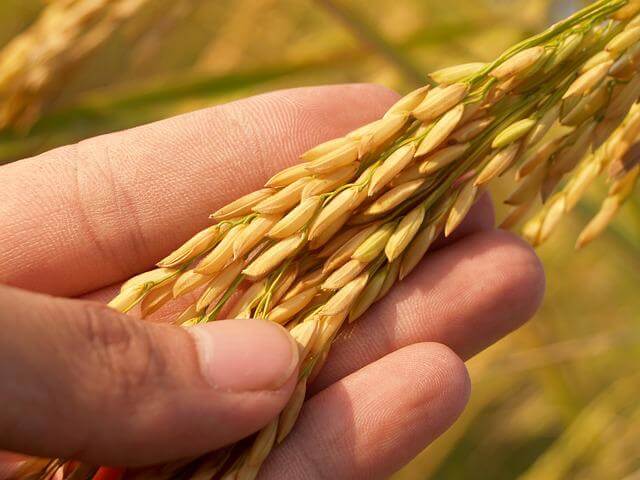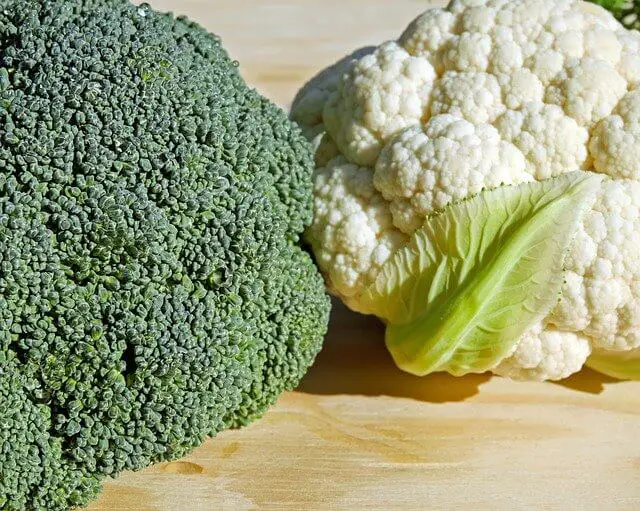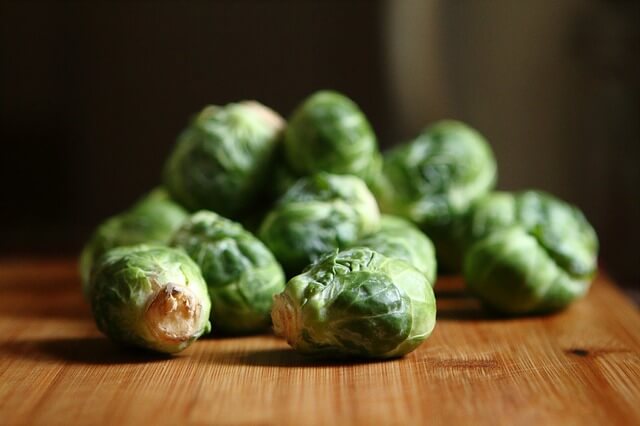Seed storage is the practice of storing viable seeds in seeds storage container from the moment they are harvested or gathered until they are planted or sown.
Seed storage is crucial because it ensures a constant supply of high-quality seeds for planting and keeps the seed in good physiological and morphological condition.
Need for Seed Storage
The primary goal of seed storage is to ensure a steady supply of high-quality seed for planting whenever it is required. The value of seed storage has been known since humans first domesticated plants.
The period of successful storage is determined by both the aims and the species in question. Farmers have had to save viable seeds from one growing season to the next since agriculture started (i.e. short-term seed storage, typically 3 to 9 months but occasionally upto 18 months).
It may also be advantageous to keep “carry-over stock” for several years (medium term seed storage, typically 18 months to 5 to 6 years). The goal of a gene bank, on the other hand,
is essentially to maintain seed viability in a much broader range of species for indefinite periods (long-term seed storage, typically defined as 10 to 100 years or more), a much more difficult task that necessitates both specific facilities and a wealth of information.
Importance of Seed Storage
The goal of seed storage is to keep planting stocks from one season to the next. Prehistoric man recognized the importance of this technique and devised means for preserving tiny quantities of seeds for later use.
As agriculture progressed, man gained a better understanding of the needs for maintaining seed viability and means for providing acceptable storage conditions.
Beginning with harvest, seed lots often go through a variety of processes that are required for current or future usage. Harvesting, curing, drying, cleaning, grading, transportation, and storage are among them.
Although not all commercial seed batches are treated to all of these procedures, the order in which seeds are processed might impact their storage capacity.
Each seed has an unknown future. It might be harvested too early, too late, wet or dry. The seed’s future can be harmed if it is harvested when it is too young to germinate, or if it germinates but produces a poor seedling.
The seed may be vulnerable to impaction damage during the washing and grading process, which may be caused by low moisture content in the case of bean.
Due to the high moisture content during threshing, radish seed may be badly damaged. The seeds are difficult to extract from their pods because to the high moisture content.
The seed lot is subjected to storage under varied conditions while transported to market, including on the truck, the train, and ships.
During preservation, seeds undergo several modifications. Three quality parameters are evaluated in this study: germination capability, vigour, and yield potential.
In old seeds, complete information on chromosomal aberration and mutagenesis alterations, as well as biochemical changes linked to enzymes, enzymatic function, and metabolites, is now available.
Conclusion
Seed storage is crucial because it ensures a constant supply of high-quality seeds for planting and keeps the seed in good physiological condition.



